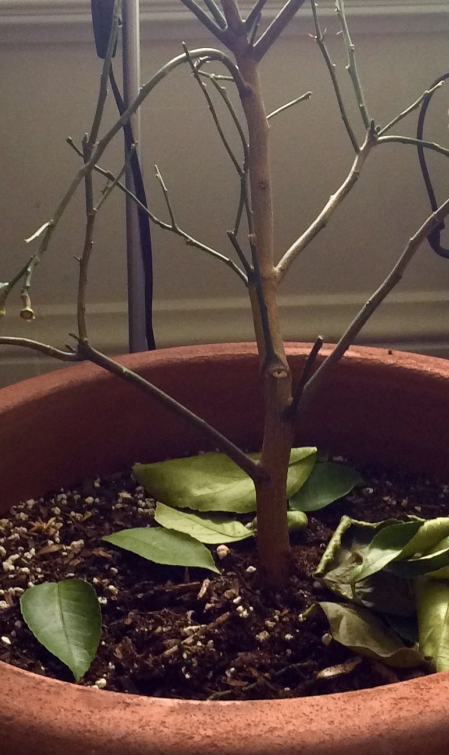**How To Save Your Dying House Plant!**
I was once a member of the Royal Botanical Gardens - I love plants. I enjoy the outdoors - but prefer gardening inside where there are less problems. That said - everyone who tries to keep a house plant runs into the situation where the plant starts to droop or lose leaves. Sometimes this is from under watering - stick your finger into the soil - down to about your first knuckle. If its dry - then you need to water.
Over watering can be just as big of a problem - some tropical plants like to get very little water. I have seen many people bring a plant home - water it - have it go into "shock" and they just end up throwing it out. Patience is a necessary component to indoor gardening - with no direct light things move slowly.
If your leaves are dropping, your plant looks like its dying - and If you have never fed your plant before - this is your most likely culprit. Re-potting would be another option - but that is a subject in and of itself.
Feeding your Plant
Step One:
My lemon tree has seen better days. I just harvested the lemons from it and have brought it indoors for the winter. This guy needs more water than I give him , and I wasn't faithful in feeding him (they need 4x a year feedings). Luckily my tree will be more resilient than most house plants - I will bring him back and he will move outside at the end of May. Leave all the leaves on the tree that haven't fallen yet (don't go ripping them off). Most plants can still live in this situation - but think of leaves like solar panels - even if there is a thin strand connecting it to the plant there will be energy. Pickup the leaves and debris from around the plant and put it to the side.

Step Two:
Get yourself a watering can - it helps to know how many litres/gallons the container is.
Step Three:
Use a two part A/B liquid fertalizer if you can - they can be found at a local hydroponics store (best results). In a pinch"miracle grow" from your local hardware store will do.
Step Four:
Fill your watering can with a bit of water, then add the nutrients as per the manufacturers instructions. Finish filling up with water and you are ready to go.
Step Five:
If your plant is bigger - try to dig a hole and bury some of the dead leaves - it will compost and help your plant in the future!
Step Six:
Water your plant in a circle from the outside in. Try to avoid pouring too intensely as you could expose/damage the root system. Its best to buy a cheap watering can (plants are much more expensive),
Step Six:
You will know the plant has had enough water when you see some in the drip tray (or it seeps out the bottom holes of the pot or overflows). Put the plant in a sunny window sill - it will need lots of light and should remain moist especially while it is generating new growth. Try to repeat this procedure 2-4 times a year.
I lost my orange and lime trees last winter for probably this exact reason. I watered but did not fertilize, plus they were getting way to little light. This year I have some orange seedlings (still outside), but I'm thinking of giving them away so I don't have to watch them die.
They are hard to grow from seedlings - usually they are grafted onto other root stock.. I would just compost it - at least they return back to the nitrogen cycle!
Upvoted by gardening-trail
Join us in the steemtrail chat channel
Nice post! Really good pics and instructions. I have a few friends that need to see this. Steem on!
This post has been linked to from another place on Steem.
Learn more about and upvote to support linkback bot v0.5. Flag this comment if you don't want the bot to continue posting linkbacks for your posts.
Built by @ontofractal